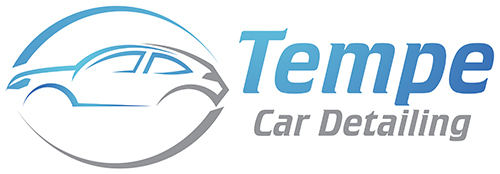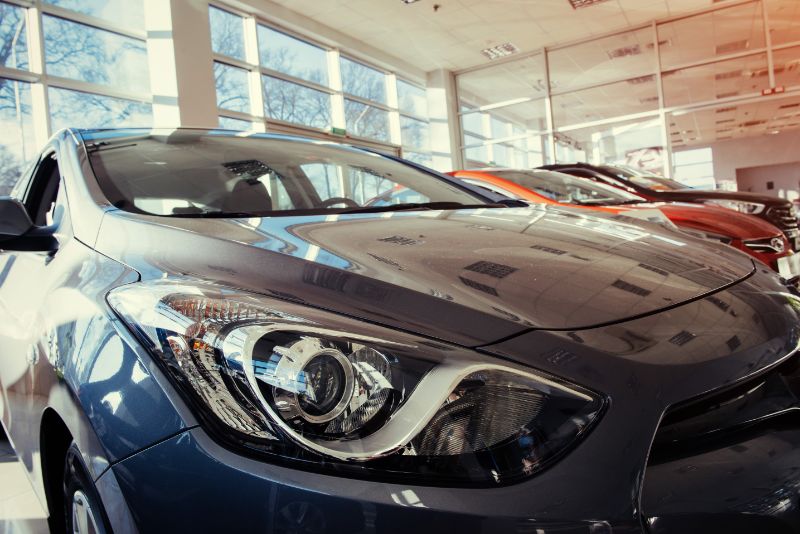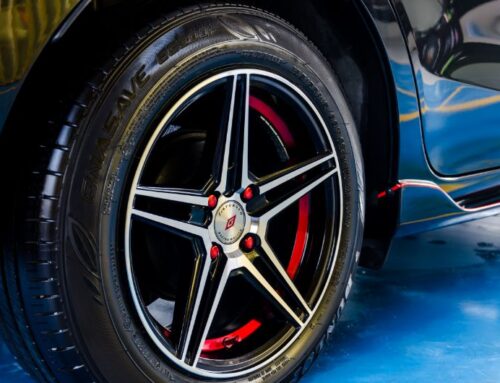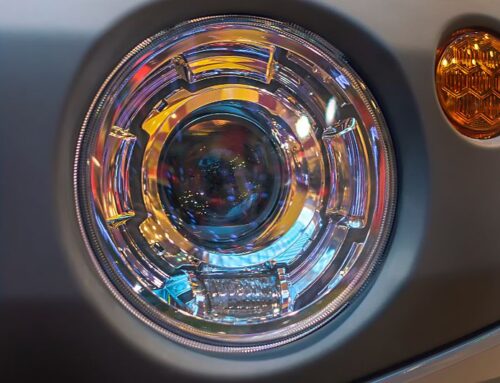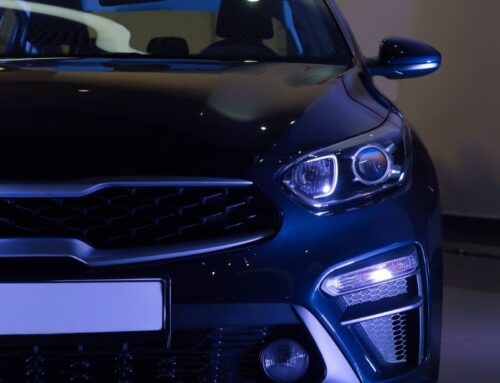When you drive your car, you need to protect the clear coating on your headlights. Without PPF, the clear coat will chip off over time and leave your headlights looking yellow. Different types of PPF have different amounts of UV protection. Some PPFs are completely clear and do not have UV protection, so the paint underneath will fade along with the PPF. The PPF is a great way to protect your headlights from the harmful UV rays.
Protecting your headlights from UV damage
You should protect your headlights from UV damage by using a high-quality protective coating. Modern headlights are made from polycarbonate and coated with a special clear coat sealant. This UV-protection layer protects the headlights from damage caused by UV rays, but it can degrade over time, particularly in hotter climates.
It is important to protect your headlights from UV damage to maintain their lustrous look. Luckily, there are several easy ways to protect your headlights against UV damage. First, you can get a headlight restoration kit, which contains all the materials necessary to restore and protect your headlights. Headlight restoration kits can be used for headlights, taillights, and turn signal lights. They can even restore yellowed or faded headlight lenses back to their original transparent state.
Another option is to protect your headlights from UV damage by applying a ceramic coating. Ceramic coats are harder than natural waxes and form a hard protective layer. This layer lasts between two and five years, depending on the type of coating you use. However, you should consult a professional before applying a ceramic coating. Moreover, the coating should be applied correctly for the best protection.
Removing PPF
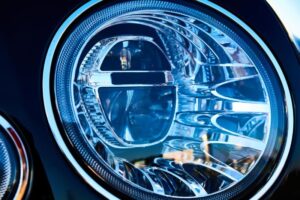 Removing PPF from headlights does not require you to cut the headlights. The process of steam removal will do the job without causing damage to the headlights. Many PPFs contain self-healing properties that help you remove small blemishes. You can also apply wax or sealant to protect the paint.
Removing PPF from headlights does not require you to cut the headlights. The process of steam removal will do the job without causing damage to the headlights. Many PPFs contain self-healing properties that help you remove small blemishes. You can also apply wax or sealant to protect the paint.
PPF is a thin film that is applied on the headlights of a car. It prevents cracks and scratches from road debris. It is clear and does not change the look of the light. It can be applied to the headlights, taillights, or any other light on the car.
Paint protection films can be difficult to remove. The process requires several steps, including applying heat to the vehicle. You must wear gloves and wash your hands thoroughly before you begin. The process may vary depending on the make and model of your car and the brand of paint protection film you choose.
Cost of installing PPF
While there is no standard cost for installing PPF headlights, the process can be time-consuming and intricate. Not to mention, PPF material isn’t cheap. If the PPF material gets dirty, it has to be replaced. This means you may need to pay a professional service for the work.
The amount of manpower needed to complete the installation depends on the level of coverage you want. Different businesses will charge differently for the labor. Some will charge a flat rate for installation, while others will use a percentage of the cost of materials. The labor rate may also increase if the process is complicated.
A full front end cover can cost $1,000 to $2,500. These headlights are not required to have the same PPF coating as the rest of your vehicle. But it’s worth the cost if you live in an environment where a vehicle can be exposed to hazardous conditions. Depending on the type of film that you choose, you could save hundreds of dollars.
Removing PPF from your headlights
If you want to remove the PPF from your headlights, you have to know how to remove it. This protective film can be easily removed from your headlights without damaging them. However, you cannot reuse the protective film on another vehicle. Thus, it is best suited for people who own their vehicles for long periods of time.
The first step is to ensure that the headlight surface is clean. PPF will not adhere well to a dirty surface, which will cause it to peel and crack. It is also advisable to have a professional installer apply the film on your headlights. This way, you will be sure of getting a quality result, as there will be no air bubbles and no creasing. The professional installers at Tinting Chicago use only the best PPF products, such as 3M and XPEL, which give you value for money and don’t yellow over time.
PPF is a polyurethane-based material that helps protect the paint surface from the harmful effects of the sun and airborne debris. It also increases the vehicle’s hydrophobic properties, which means less need for frequent car washes and wax installations. Some manufacturers even use transparent PPF that heals scratches instantly.
